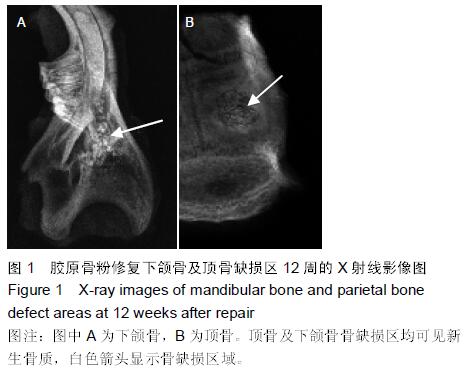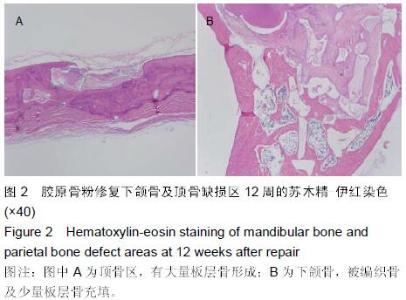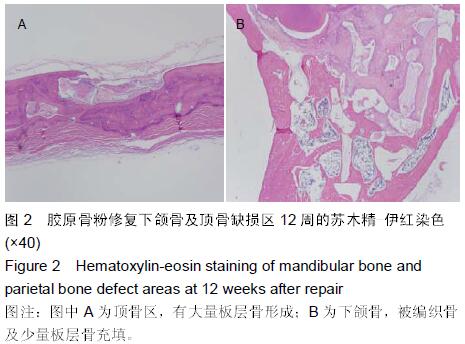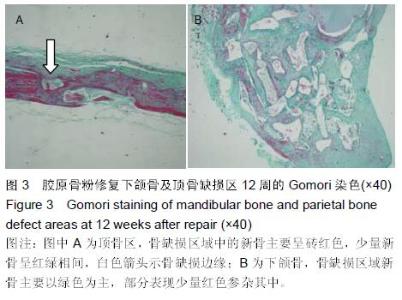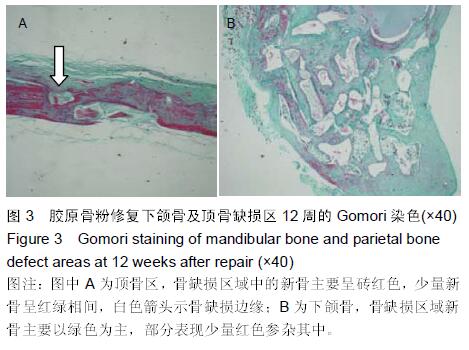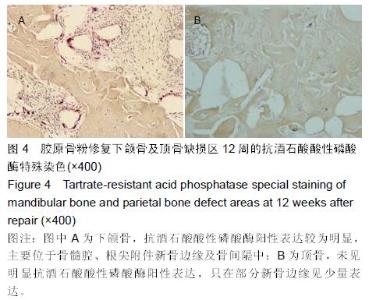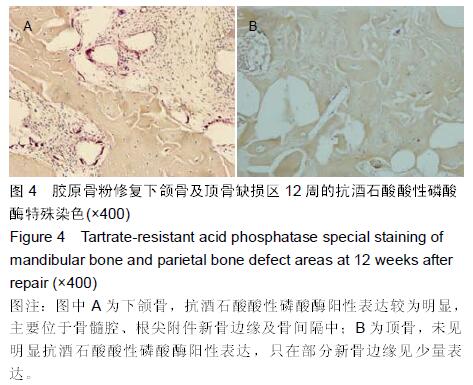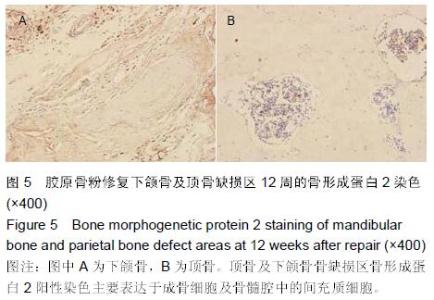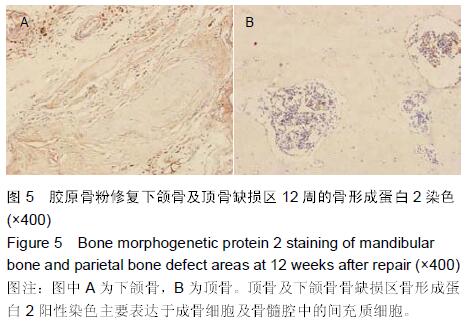| [1] Alikhani M,Khoo E,Alyami B,et al.Osteogenic effect of high-frequency acceleration on alveolar bone.J Dent Res. 2012;91(4):413-941.
[2] Park JW,Jang JH,Bae SR,et al.Bone formation with various bone graft substitutes in critical-sized rat calvarial defect.Clin Oral Implants Res.2009;20(4):372-378.
[3] Mokbel N,Bou Serhal C,Matni G,et al.Healing patterns of critical size bony defects in rat following bone graft.Oral Maxillofac Surg.2008;12(2):73-78.
[4] Vetter A,Witt F,Sander O,et al.The spatio-temporal arrangement of different tissues during bone healing as a result of simple mechanobiological rules.Biomech Model Mechanobiol.2012;11(1-2):147-160.
[5] Giannoudis PV,Einhorn TA,Marsh D.Fracture healing: the diamond concept.Injury.2007;38 Suppl 4:S3-6.
[6] 中华人民共和国科技部.关于善待实验动物的指导性意见.2006.
[7] Bosch C,Melsen B,Vargervik K.Importance of the critical-size bone defect in testing bone-regenerating materials.1998;9(4): 310-316.
[8] Montjovent MO,Mathieu L,Schmoekel H,et al.Repair of critical size defects in the rat cranium using ceramic-reinforced PLA scaffolds obtained by supercritical gas foaming.J Biomed Mater Res A.2007;83(1):41-51.
[9] Kato E,Lemler J,Sakurai K,et al.Biodegradation Property of Beta-Tricalcium Phosphate-Collagen Composite in Accordance with Bone Formation: A Comparative Study with Bio-Oss Collagen(R) in a Rat Critical-Size Defect Model. Clin Implant Dent Relat Res.2014;16(2):202-211.
[10] Gleeson JP, Plunkett NA, O'Brien FJ. Addition of hydroxyapatite improves stiffness, interconnectivity and osteogenic potential of a highly porous collagen-based scaffold for bone tissue regeneration. Eur Cell Mater.2010;20: 218-230.
[11] Thompson Z, Miclau T, Hu D, et al. A model for intramembranous ossification during fracture healing.J Orthop Res.2002;20(5):1091-1098.
[12] Patullo IM,Takayama L,Patullo RF,et al.Influence of ovariectomy and masticatory hypofunction on mandibular bone remodeling.Oral Dis.2009;15(8):580-586.
[13] Shimomoto Y,Chung CJ,Iwasaki-Hayashi Y,et al.Effects of occlusal stimuli on alveolar/jaw bone formation.J Dent Res. 2007;86(1):47-51.
[14] Robins MW.Biting loads generated by the laboratory rat.Arch Oral Biol.1977;22(1):43-47.
[15] Kruse A,Jung RE,Nicholls F,et al.Bone regeneration in the presence of a synthetic hydroxyapatite/silica oxide-based and a xenogenic hydroxyapatite-based bone substitute material. Clin Oral Implants Res.2011;22(5):506-511.
[16] Boerckel JD,Kolambkar YM,Stevens HY,et al.Effects of in vivo mechanical loading on large bone defect regeneration. J Orthop Res.2012;30(7):1067-1075.
[17] Palomares KT,Gleason RE,Mason ZD,et al.Mechanical stimulation alters tissue differentiation and molecular expression during bone healing.J Orthop Res.2009; 27(9): 1123-1132.
[18] He H,Huang J,Shi J,et al.Haversian remodeling in guided bone regeneration with calcium alginate film in circular bone defect model of rabbit. Artif Cells Blood Substit Immobil Biotechnol.2007;35(5):533-542.
[19] Geris L,Gerisch A,Sloten JV,et al.Angiogenesis in bone fracture healing: a bioregulatory model.J Theor Biol.2008; 251(1):137-158. |

